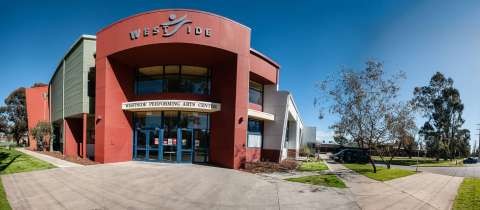Researchers from James Cook University and The University of Sydney have explored a dangerous, turbulent area of the Great Barrier Reef and brought back insights that could help protect the iconic structure.
A team of researchers led by JCU College of Science & Engineering lecturer Dr Stephanie Duce has collected the first ever core samples from what is known as the spur and groove zone of the Reef.
Dr Duce said the zones are a spectacular feature of many coral reefs around the world.
“We see it where the reef meets the open ocean, the ‘spurs’ are ridges of coral extending from the reef out into deeper water. These are separated by regularly spaced, parallel channels – the ‘grooves’,” she said.
She said the features look remarkable from the air, extending out like fingers tens to hundreds of metres and are even more beautiful beneath the water.
“Unfortunately, the spurs and grooves are difficult and often dangerous places to visit. This is the part of the reef where waves break and there is nothing protecting researchers and their equipment from the pounding ocean swell,” said Dr Duce.
She said the difficulty of getting to these features is the main reason that their formation has remained a mystery and the subject of scientific debate for decades.
“We didn’t know if the grooves were cut into the reef by powerful waves, or eroded out by rainfall thousands of years ago when the reefs were exposed. Or even if the corals were shaped by the rushing water and grew to form the long ridges.”
Dr Duce, along with Associate Professor Ana Vila-Concejo and Associate Professor Jody Webster from the Geocoastal Research Group at The University of Sydney and others, collected core samples from six sites at two different reefs in the southern Great Barrier Reef.
They discovered that there was no single formation process.
“The processes differed between sites, even on the same reef. The spurs would grow outwards under calm conditions and we found that erosion was important for spurs in high-energy locations,” said Dr Duce.
She said the new understanding of the mysterious spur and groove suggests the zone could protect reefs from damage caused by rising sea levels.
One of the consequences of sea level rise is that it will allow larger waves to impact reef environments, islands and coastlines. Spurs and grooves are a natural breakwater system and studies such as this help understand if the features will continue to provide this protection in the future. Further studies are needed to understand their current evolution in a changing climate.






